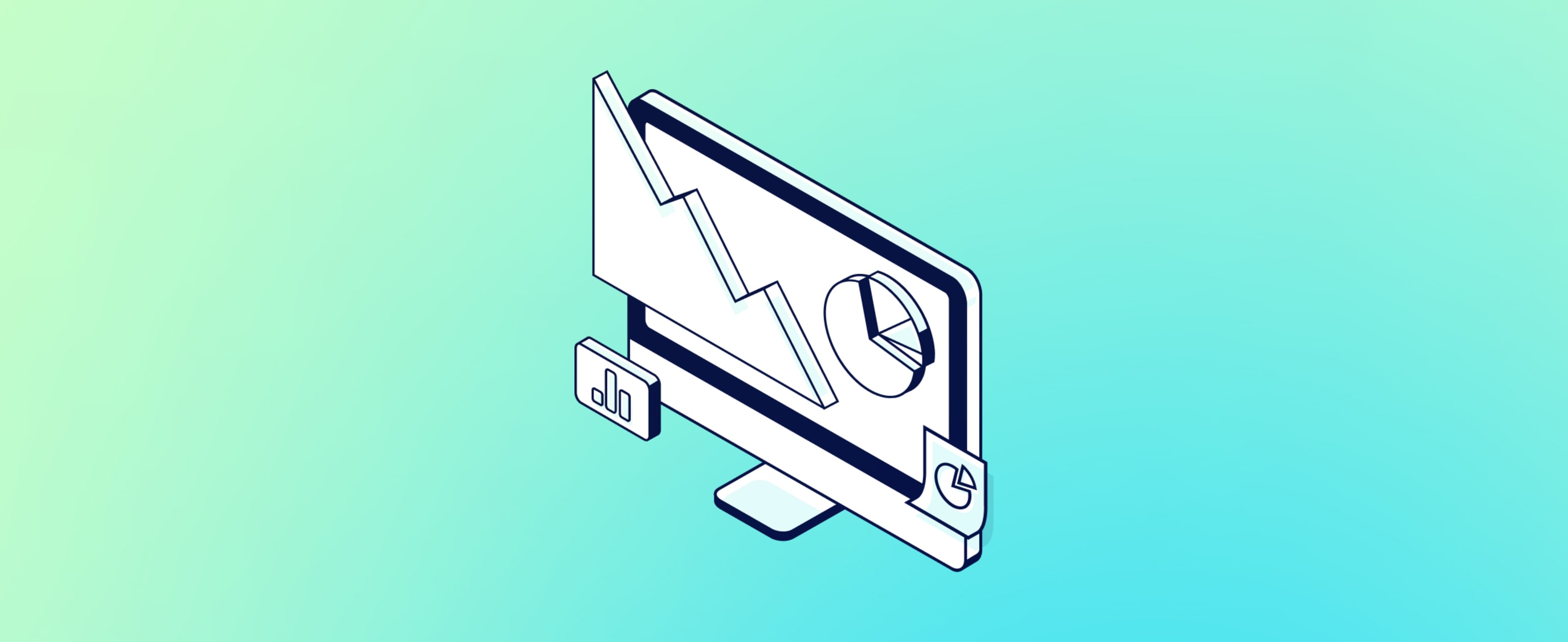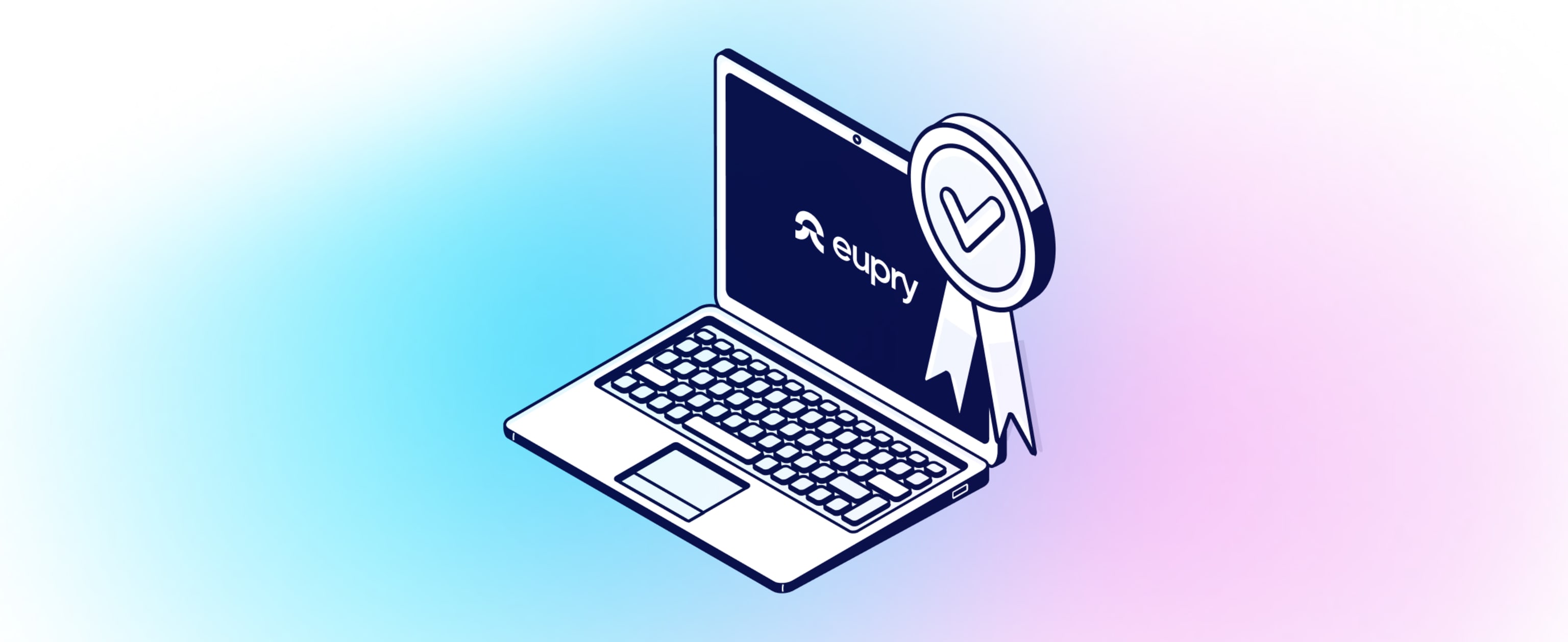
How to choose the right temperature mapping equipment

Estimated reading time: 5 minutes
A vital part of conducting a reliable and efficient temperature mapping study is choosing the right type and amount of temperature mapping data loggers, software, and other equipment — in this article, we go through the things you need to know to choose the right temperature mapping equipment or your specific study.
Also read: The secrets of effective and reliable temperature mapping
Learn about
Why temperature mapping is important
First off: Why we need mapping.
-
Temperatures fluctuate: Inside a fridge, temperatures can fluctuate by several degrees. The temperature in your kitchen fridge e.g., can vary by as much as 5 degrees from the top to the bottom. The same principle applies to industrial fridges and freezers. Therefore, it is paramount to perform a thermal validation of your new equipment before it is put into use.
-
Temperature mapping is crucial for the process of validating equipment: For GxP and FDA-regulated companies, temperature mapping helps to prove that the equipment complies with the guidelines set by authorities and auditors. If the study shows that the equipment does not meet the criteria, the equipment is calibrated or fixed and a new study is conducted. In addition, you become aware of areas that are too hot or too cold to be used, e.g., close to the door or the back of the cooling equipment.
-
Temperature mapping benefits your temperature monitoring: A temperature mapping/thermal mapping/thermal validation (we know) study will provide you with information on where to best place your temperature monitoring equipment. This ensures that you receive an alarm immediately if temperatures are above or below the required temperature range.
Read more: The steps of temperature mapping
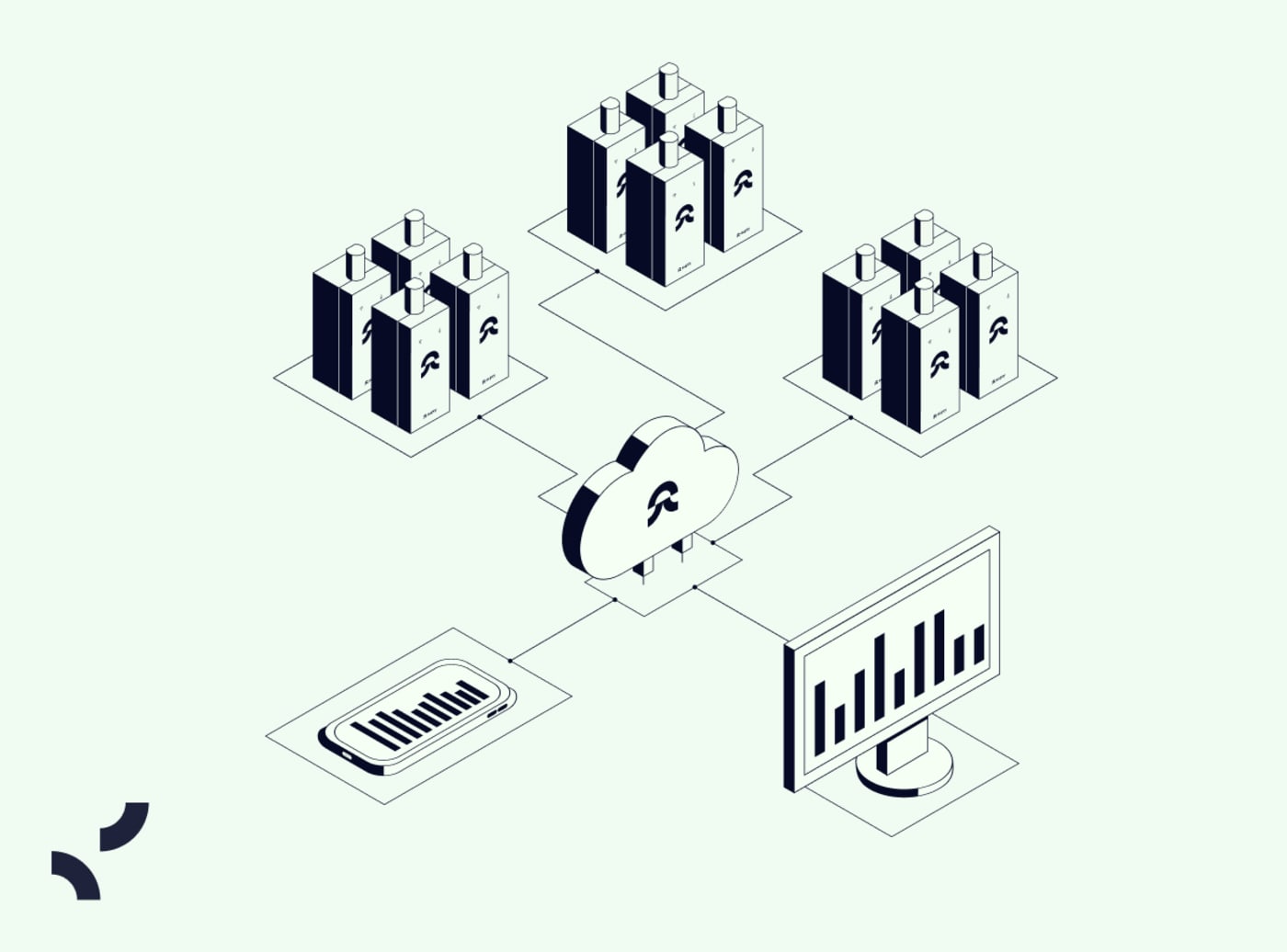
13 things to consider when choosing temperature mapping data loggers
An important part of preparing for a temperature mapping study is choosing the right type and amount of temperature mapping equipment – primarily Here are 13 things you should consider when the right data loggers for your mapping study.
-
Installation: What is the level of difficulty of installation and will you need technical expertise? Complex installations may require specialized training or outside contractors, adding to both cost and project timelines.
-
Accuracy: How precise do the measurements for your mapping need to be? How narrow are your acceptance criteria? The accuracy can range from 2°C to approximately 0.05°C depending on the use.
-
Response time: How is the response time? Slow response time will artificially buffer fluctuating data, which will impact the data received. Delays in response times can compromise the integrity of your data and affect decision-making. Also read: 4 key players you should include in your temperature mapping study
-
Internal or external sensor: Is it an internal or external sensor? An internal sensor creates an air buffer that affects the measurements meaning that the highest and lowest temperatures might not be recorded. Therefore, we recommend external sensors since they are located in free space. Check out our range of temperature and humidity sensors here.
-
Materials: Stainless steel or plastic? When you are deciding between stainless steel and plastic, you have to think about your specific needs and the environment in which the data logger will be used. Stainless steel is robust, durable, and better for high-temperature environments. If you are working in an ATEX area—a location where an explosive atmosphere is present—then stainless steel is likely your go-to. On the flip side, plastic is more cost-effective but may not hold up well in extreme conditions. So, ask yourself: What does your space demand?
-
Logging frequency: What is the minimum frequency you require to log? For freezers, you usually want something between a 10-second to a 3-minute logging interval. The idea is to capture enough data without overwhelming your system. Missing the boat on logging frequency can leave you with gaps in your data, making your temperature mapping less reliable.
-
Memory size: Data is gold. But storing it? That can be another story. In the mapping case, running out of memory is a no-go, so think about how many logs/data points you need to be able to record for your specific mapping. Too little memory, and you’re stuck with incomplete or truncated data, which can mess up your analysis. Check the specs and make sure the logger’s memory size aligns with your objectives.
-
Range: Will you be mapping a warehouse, a standard fridge, or a -80°C freezer? When it comes to data loggers for temperature mapping, the range is more than just a number. Whether you’re looking at a sprawling warehouse or a tiny, sub-zero freezer, your logger needs to cover it all. A logger designed for a standard fridge won’t cut it in a -80°C environment. Know your extremes—both hot and cold—and make sure your logger can handle them.
-
Calibration: Do the data loggers come with a certificate documenting that they have been calibrated within a reasonable timespan? It is important to check that data loggers are calibrated and come with a certificate documenting that they are calibrated within a reasonable limit and timespan. Typically, 0.5C precision and a maximum calibration interval of 1 year will be sufficient. Also read: 8 calibration components you should have ready for an audit of temperature compliance
-
Battery: How’s the data logger's battery lifetime? The battery lifetime is a simple but crucial element. You do not want to be forced to redo the study because the battery fails. Psst... Eupry’s data loggers have a battery lifetime of 2 years.
-
Compliance: You are (most likely) in the life sciences industry; you know the drill. Compliance isn’t just a boring checkmark; it is vital. Make sure your data logger meets the relevant standards and regulations specific to your market. This can range from ISO certifications to FDA guidelines, depending on where you operate. Is your logger up to code.
-
Software: Is software included? And how does it support in documentation, reporting, and review? Is it 21 CFR Part 11-ready, and can you meet your URS, Installation Qualification (IQ), and Operational Qualification (OQ)? Ensure it is flexible enough to apply calculations and process complex data. Some software also provides clear graphical data by compiling all data loggers in one graph.
-
Support Is support available if you need help completing the mapping study? It might not be relevant, but it is something that some equipment providers offer. If you need help in connection with completing the temperature mapping study, it can be a great advantage to get professional support. Eupry has a dedicated online support center as well as fully trained staff available to call or email whenever you need help. If allowed by the user, Eupry’s staff can also look at your system and assist you with the installation and configuration process.
Also read: Understanding key regulations and standards of temperature compliance
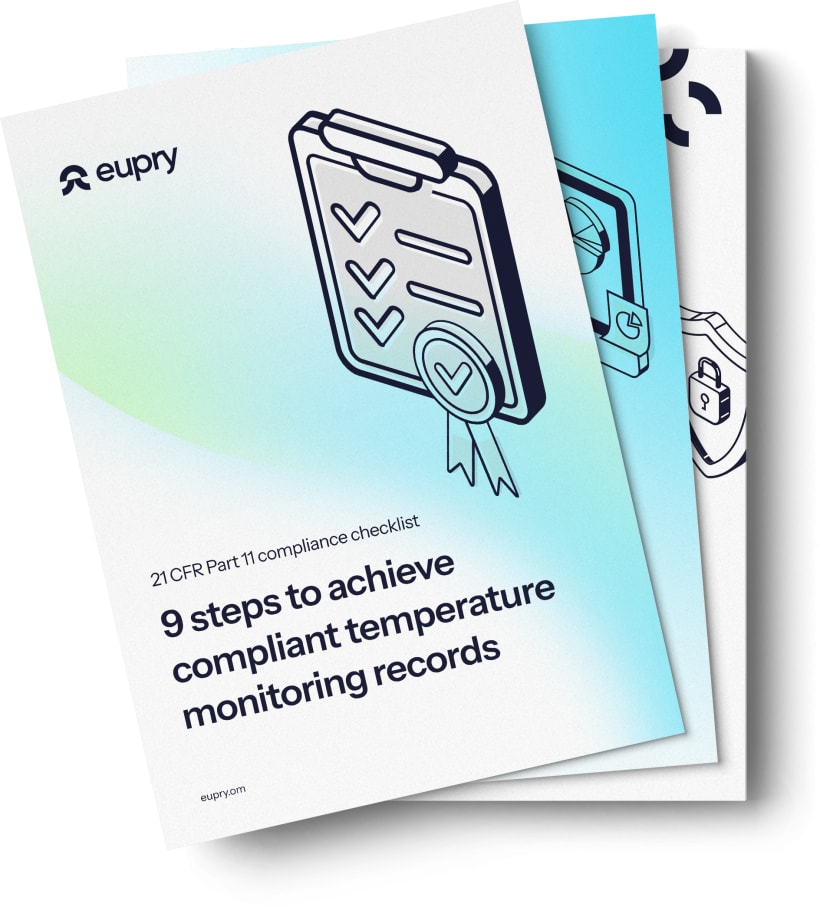
Checklist: 9 temperature mapping mistakes to avoid
Download your own checklist for 9 temperature mapping mistakes to avoid
5 things to look for when choosing validation software
Specialized validation software can make your temperature mapping study quite simple. We recommend using wireless data loggers that automatically sends all data to a server where it can afterwards be easily analyzed in an app or web browser.
Some recommendations for temperature mapping software are:
- Installation: The level of difficulty of the installation process is worth considering. A web app will, for instance, save you from needing to get yout IT department involved.
- Validation: Is the software IT-validated?
- Analyzing: Can you analyze data directly in the software?
- Reporting: What are the reporting options? Are you able to export reports within specific time periods if an auditor requests the information? Overall, great validation software can reduce time spent on execution, data analysis, and report generation.
- 21 CFR Part 11 compliance: It is recommended to comply with 21 CFR Part 11 if you operate in the US market within industries such as pharma and biotech, and some solutions will make compliance easier than others.
Psst...
Eupry’s specialized validation software lets you easily plan and track your study, view calibration certificates, record non-conformities, analyze findings, and generate reports. Calculations are done live, you can view data from large amounts of loggers at once, manage data logs in multiple locations, and export data in an approved PDF-format. See how the validation software works.
How Eupry’s temperature mapping kit works
Save time by using a GxP-compliant temperature mapping kit with accredited DANAK ISO 17025 calibration and 21 CFR Part 11 compliance.
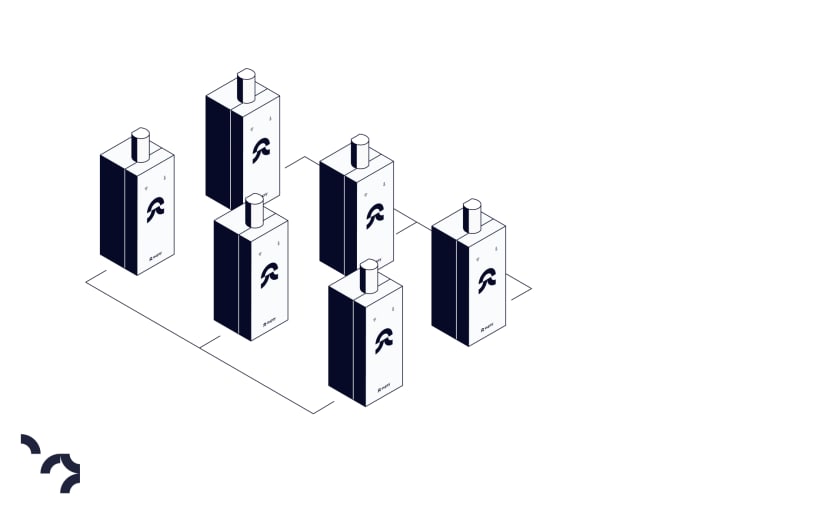
The mapping kit
Eupry’s Wi-Fi data loggers are shipped by mail to your location in a practical mobile box with the numbers of data loggers with the relevant sensors needed, a wireless base station, and extra batteries.
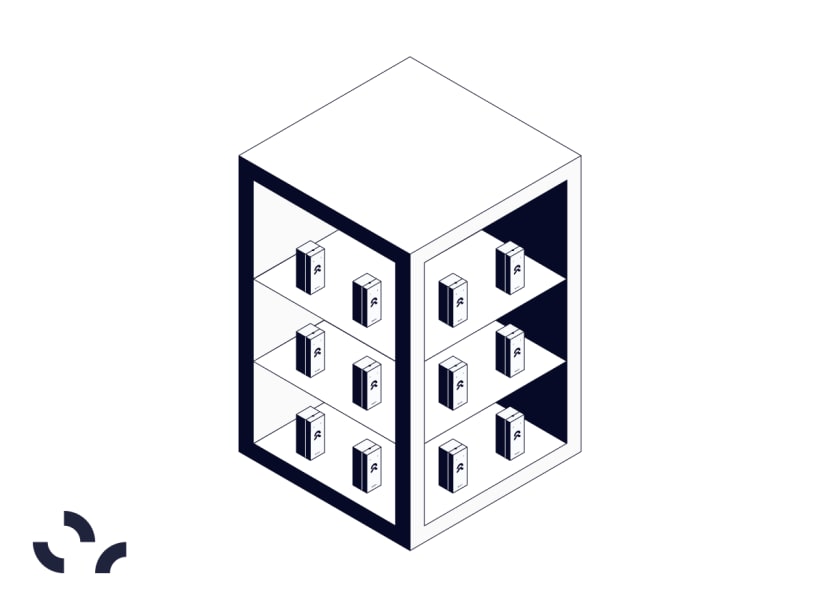
Getting started
The installation process is easy and requires no prior technical knowledge. We have a comprehensive set of guides to help you get up and running. If you encounter problems, our support center and staff are always happy to help.

Calibration included
All data loggers are START calibrated, and an END calibration is performed. When using Eupry’s data loggers, you can choose between calibration in our ISO 17025 accredited laboratory or via traceable 3-point calibration.

Compliance certainty
Eupry’s solution comes with both accredited ISO 17025 calibration, ISO 9001 certification, and 21 CFR Part 11 compliance.

How the GxP-ready mapping solutions work
With our solutions, you get quick and reliable results with less work. See the options in our catalog.
Conducting the temperature mapping study
We have now covered a list of recommendations on what equipment and software to use when performing a temperature mapping study. The next step is to actually complete the study.
Our temperature mapping guide provides you with all the information you need to conduct an efficient study.
You will find tips on how to complete a thermal mapping study in cold rooms, freezers, fridges, warehouses, and storage areas as well as an FAQ section with answers to the most common questions that arise when conducting a thermal mapping/thermal validation.
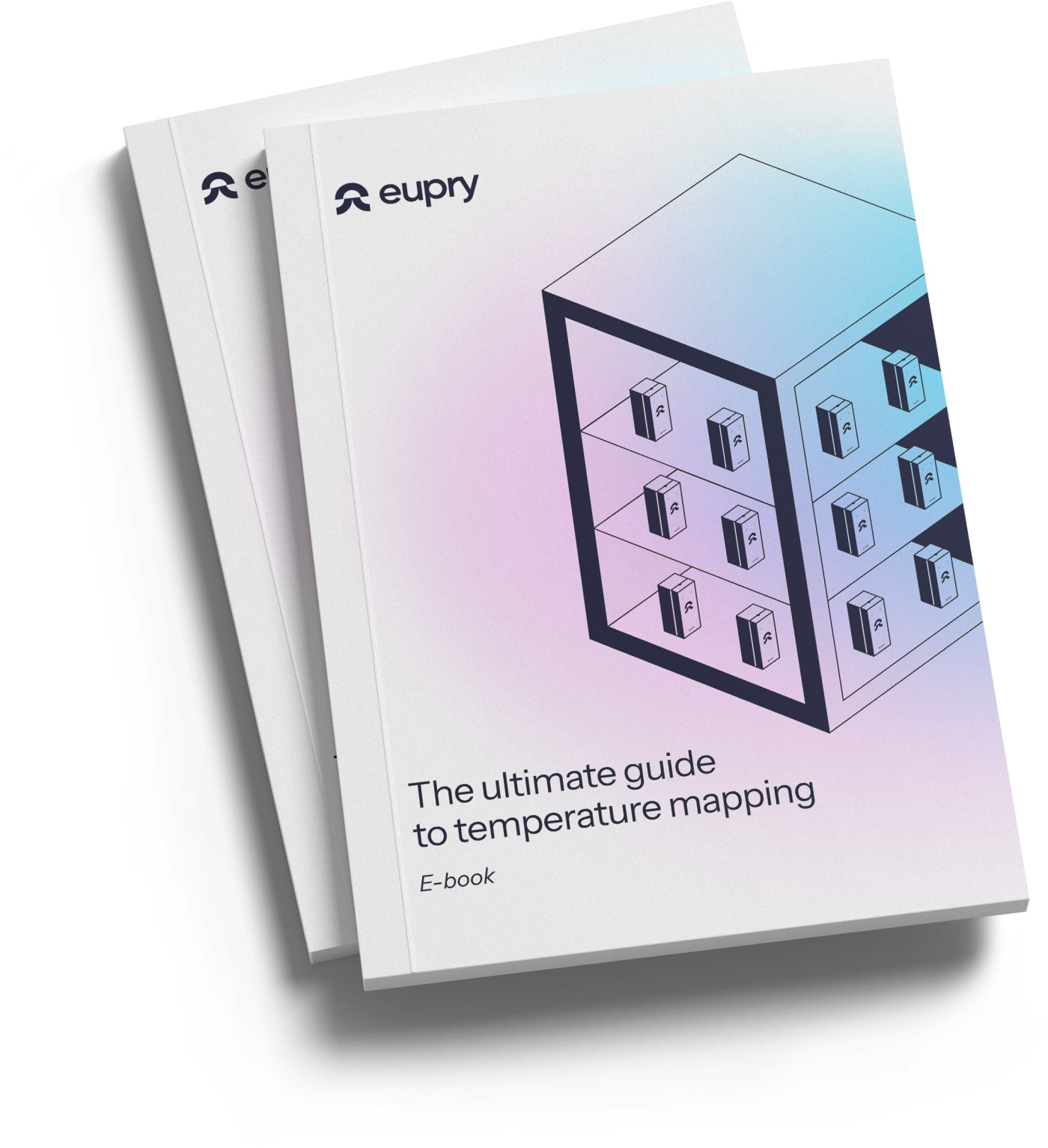

The ultimate temperature mapping guide
Get a 5-step guide that takes you through everything you need to conduct a reliable mapping study – from planning and execution to finalizing the reports.
Completed temperature mapping study: What now?
When you have completed the temperature mapping study, you will have located the hottest and coldest areas. It will be of interest since the risk of temperature deviations during normal use is high in these areas.
If you have located areas unsuitable for temperature-sensitive items, we recommend marking those areas with tape. Simultaneously, you can note which areas are within the temperature limits and thus can be used for storing critical goods. You can also use this data to determine the most suitable placement of your temperature monitoring devices.
When choosing equipment for monitoring temperatures, using a temperature monitoring system with an alarm function can be very beneficial. It notifies you immediately if the equipment fails or does not work properly. This way deviations can be discovered immediately, which will save valuable goods.
Also check out: How do you analyze data from your mapping exercises?
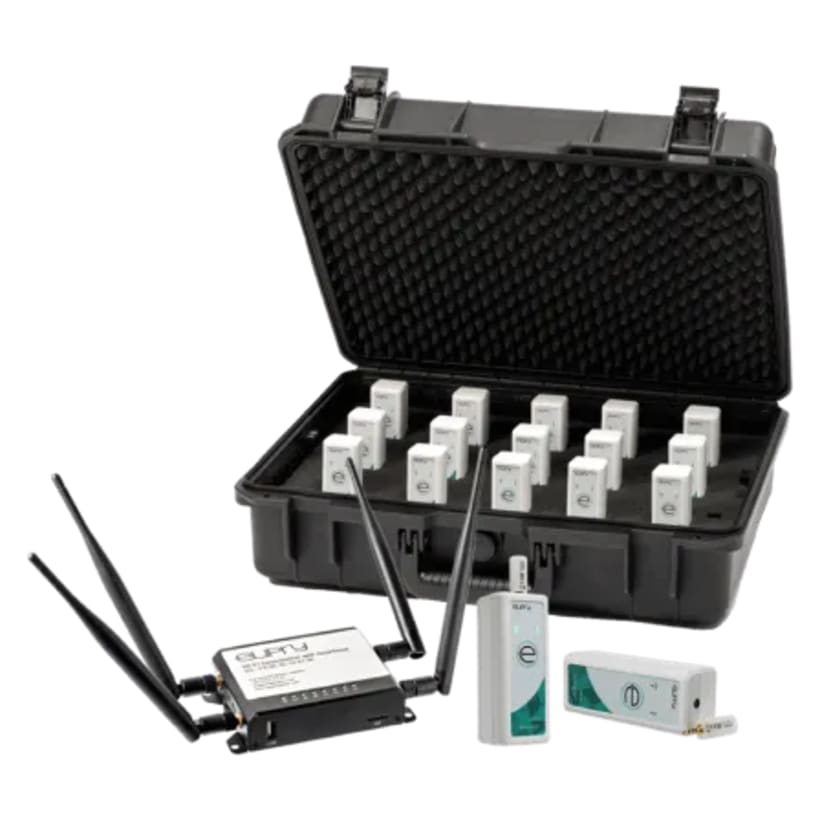
Rent wireless data loggers designed for temperature mapping
Get everything you need to perform a professional study with a temperature mapping kit.

